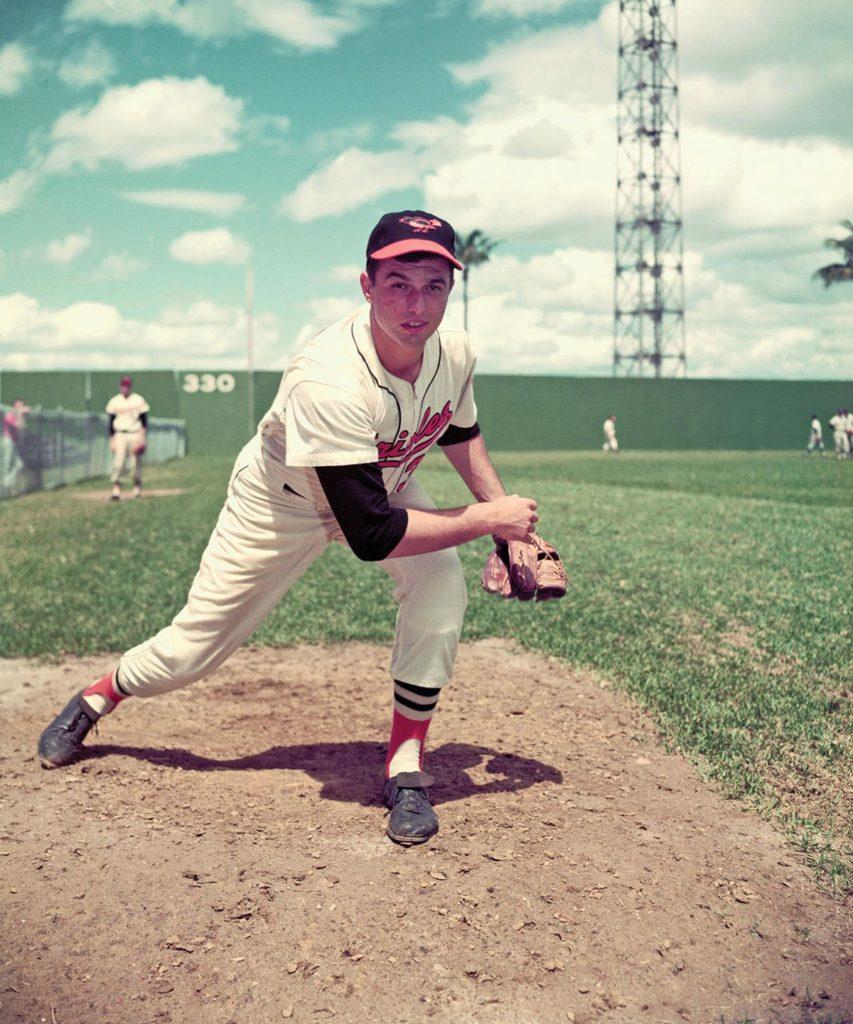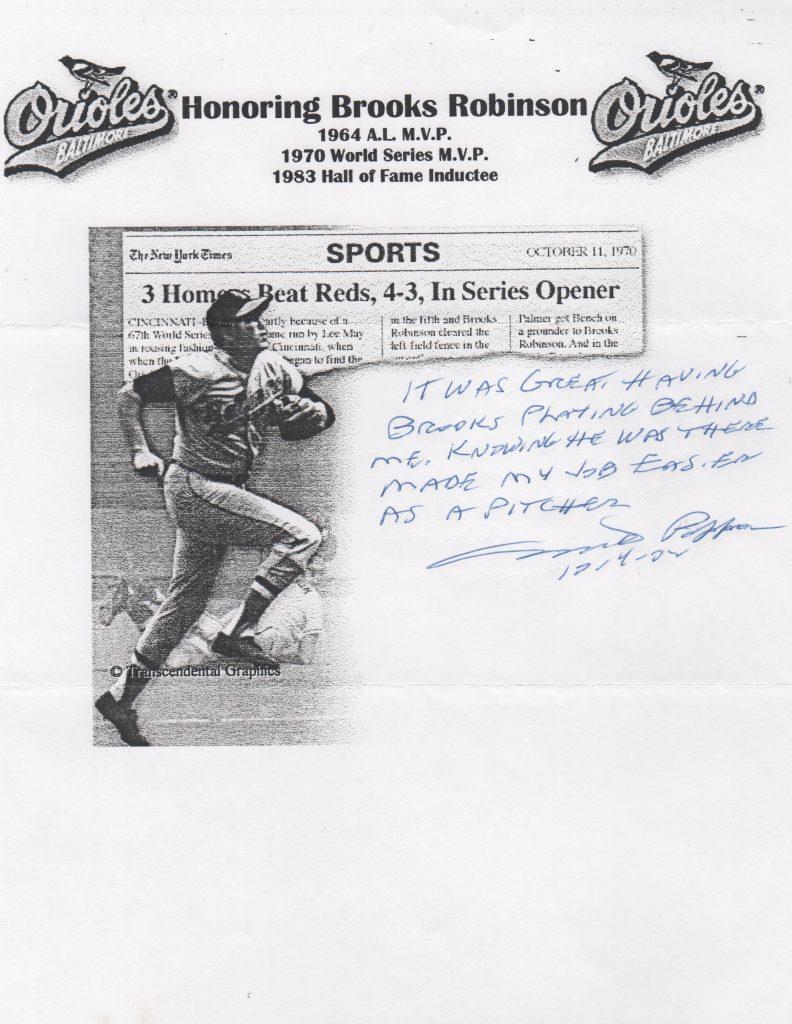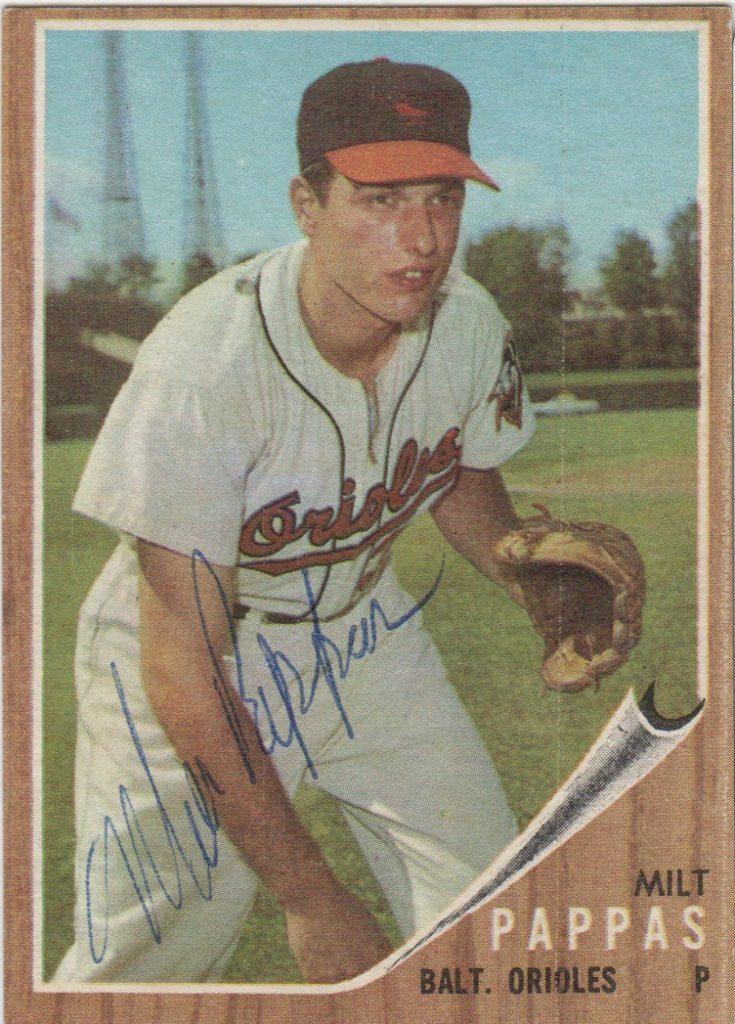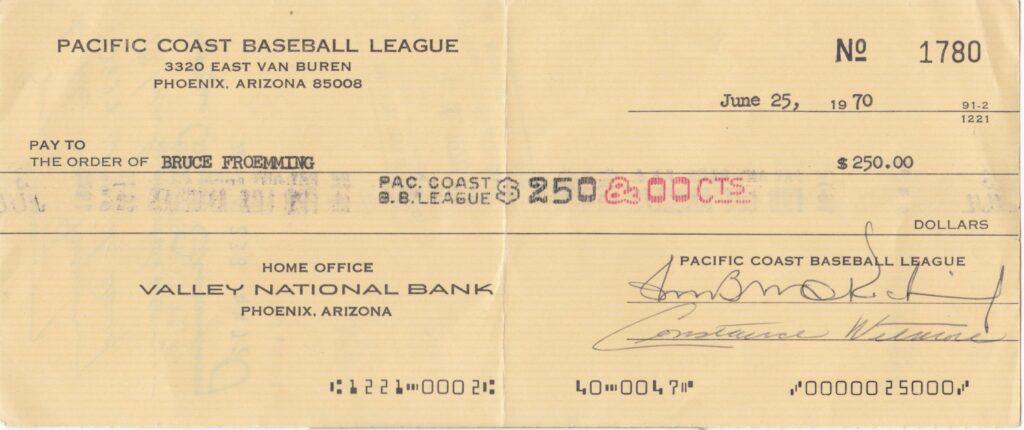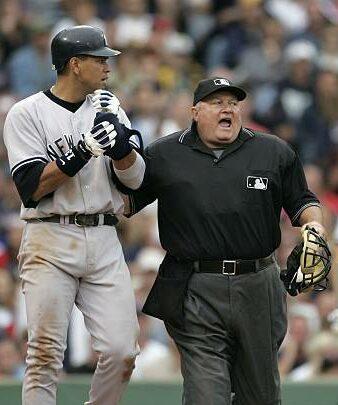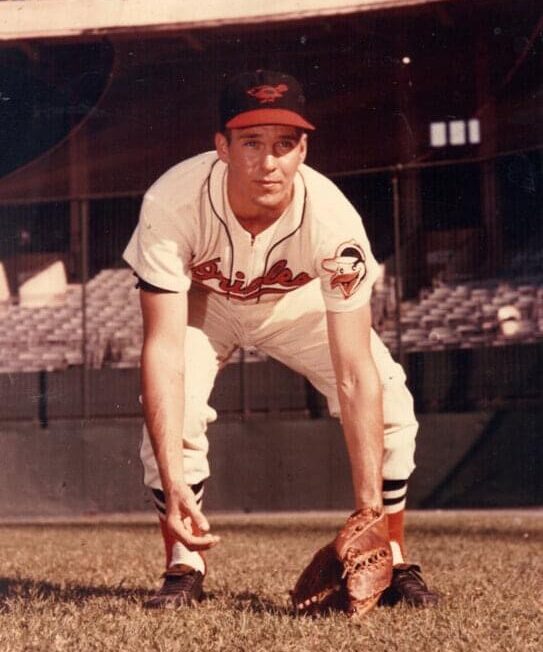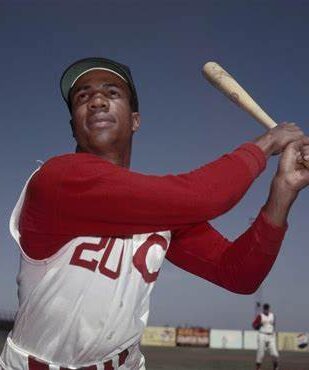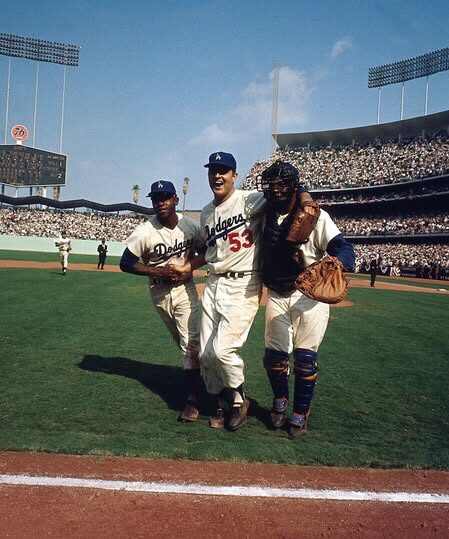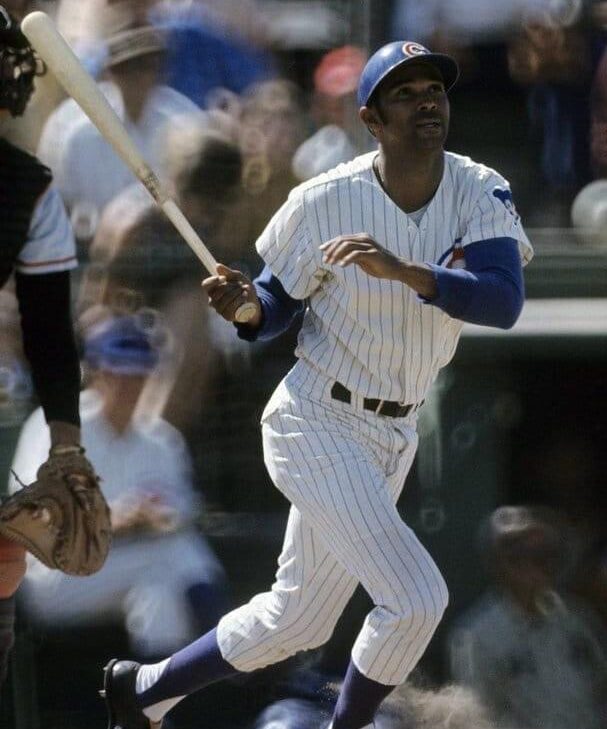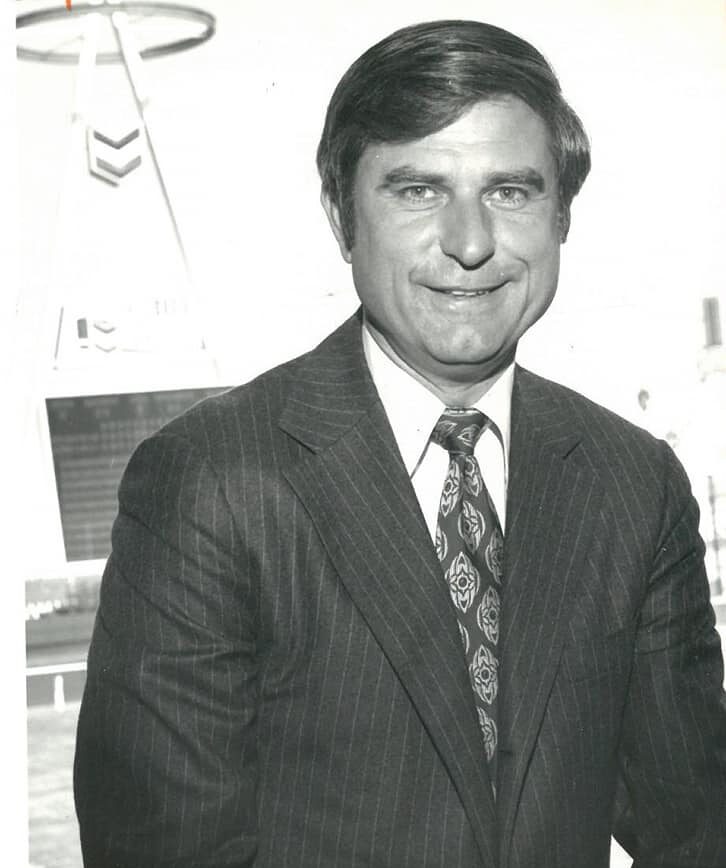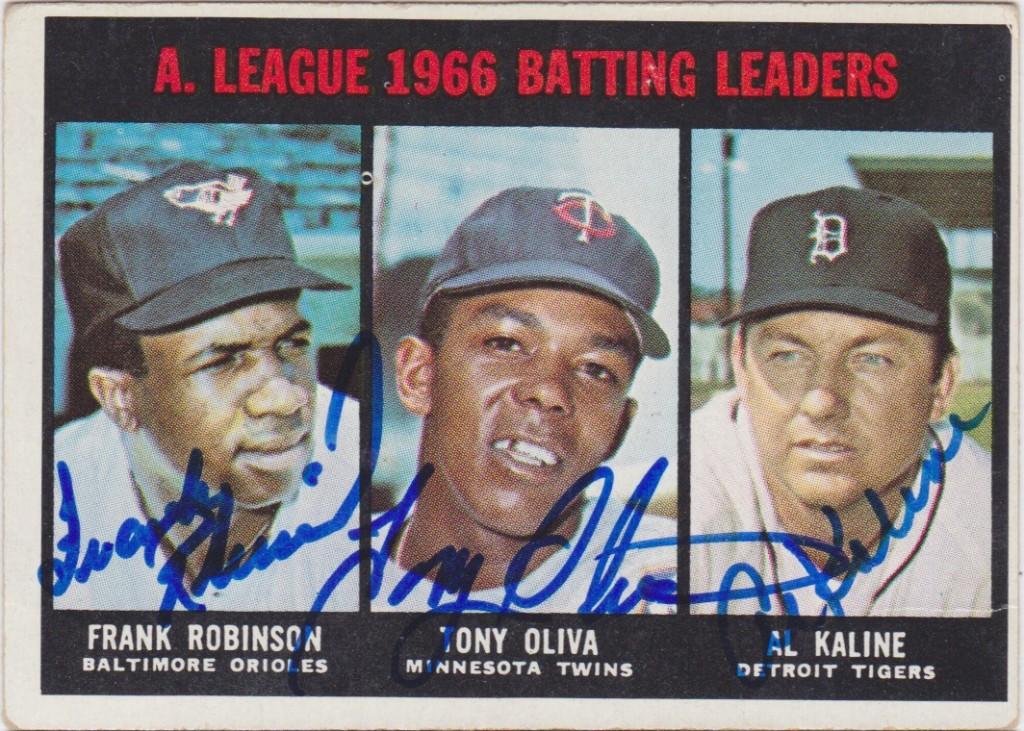
Milt Pappas won 110 games for the Orioles, pitching 82 complete games and 26 shutouts for the O’s. He left Baltimore in one of the best trades in franchise history. GM Harry Dalton sent Pappas as the centerpiece of a deal that brought Frank Robinson to the Orioles.
Termed by the Reds to be too old at age 30, Robinson proved them wrong in his first year in Cincinnati. He won the Triple Crown, the regular-season and World Series MVP awards. In six seasons in Baltimore he hit an even .300 with a .401 on-base percentage and a .543 slugging mark.
When Orioles fans think of Pappas today it’s as the man traded for the final piece of the great Baltimore teams of the late 70s and early 80s. Reducing the hurler to that sells Pappas short.
After posting 110 victories for the Os, the hurler had plenty left in the tank. He won 99 more games for the Reds, Braves, and Cubs.
On September 2, 1972, Pappas was one pitch away from a perfect game when he walked the 27th hitter, Larry Stahl. Pappas retired the next batter to preserve the no-hitter. He held a lifelong grudge against Bruce Froemming, the man who called balls and strikes that night. That season Pappas went 17-7, good enough for a top-10 finish in Cy Young balloting.
Th following season was Pappas final big league campaign. With the 209 wins, the three-time All Star finished 45 games over .500 with 129 complete games and 43 shutouts.
Shown here is Topps baseball card showing the 1966 batting leaders. It is signed by Frank Robinson, the man for whom Pappas was traded in the fateful deal. The second and third place finishers, Tony Oliva and Al Kaline respectively, have also signed the card.
